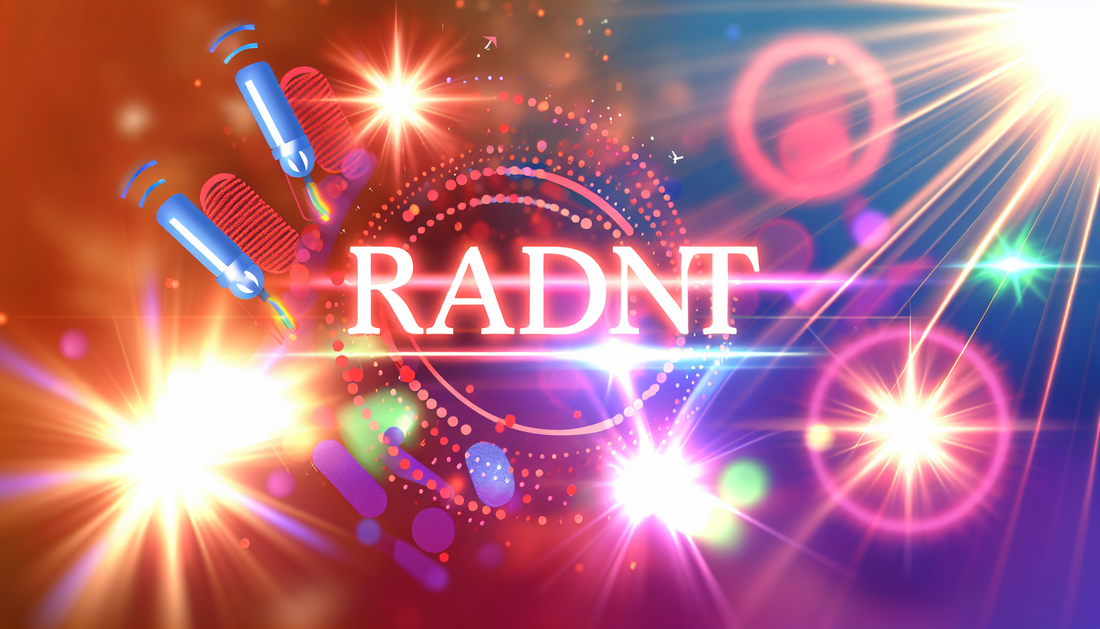
Critiques of RDNT: Unpacking Radiant's Challenges
Share
Biggest Criticisms of RDNT: Radiant's Crypto Landscape
RDNT, often termed Radiant, is one of the many players in the burgeoning crypto industry. Like any evolving technology, Radiant has attracted both interest and criticism. While innovation is at the core of its concept, the crypto asset also faces several challenges that have prompted scrutiny from the community and experts alike. This article explores the key criticisms that surround RDNT and why these concerns matter in the digital asset space.
Lack of Transparency
A pressing issue with many crypto projects, including RDNT, is the perceived lack of transparency. Investors and stakeholders often demand detailed disclosures regarding technology, management, and future plans to ensure trust and mitigate risks. RDNT, as it stands today, seems to fall short in offering consistent transparency. Such concerns can deter potential investors who prioritize clarity and openness in financial ventures.
Centralization Concerns
One of the core principles of blockchain technology and cryptocurrency is decentralization. However, critics argue that RDNT displays tendencies toward centralization, potentially allowing a select few to exercise significant control over the network. Such centralization might undermine the fundamental idea of democratized access and governance, making it a point of contention among blockchain purists and decentralization advocates.
Security Vulnerabilities
Security is paramount in the crypto landscape, and RDNT has not been entirely free of vulnerabilities. Like other digital assets, it has faced issues that could expose it to potential breaches. Security challenges in blockchain technology create apprehension among users, especially those looking at cryptocurrencies as a secure alternative to traditional banking systems.
Environmental Impact
The energy consumption related to supporting blockchain networks is another criticism that RDNT faces. Similar to larger networks, the environmental footprint of running RDNT’s operations comes under scrutiny for its reliance on energy-consuming processes. Discussions about the sustainability of blockchain operations are gaining traction, and RDNT’s practices contribute to this growing debate.
Regulatory Headwinds
In many regions, regulatory frameworks around cryptocurrency are still evolving, and RDNT is no exception to this uncertainty. Potential or existing regulatory measures aiming to integrate or restrict digital currencies could substantially impact RDNT's adoption and growth. For stakeholders, navigating this unclear landscape becomes a critical challenge.
For those interested in the broader crypto landscape, examining the overlooked dynamics of permissionless governance in blockchain systems provides an insightful perspective on how decentralization challenges are being tackled. You can explore more on this topic by visiting the bestdapps.com article on permissionless governance.
